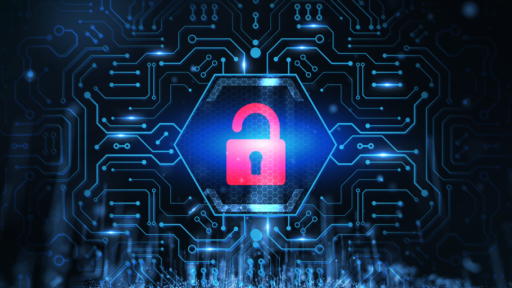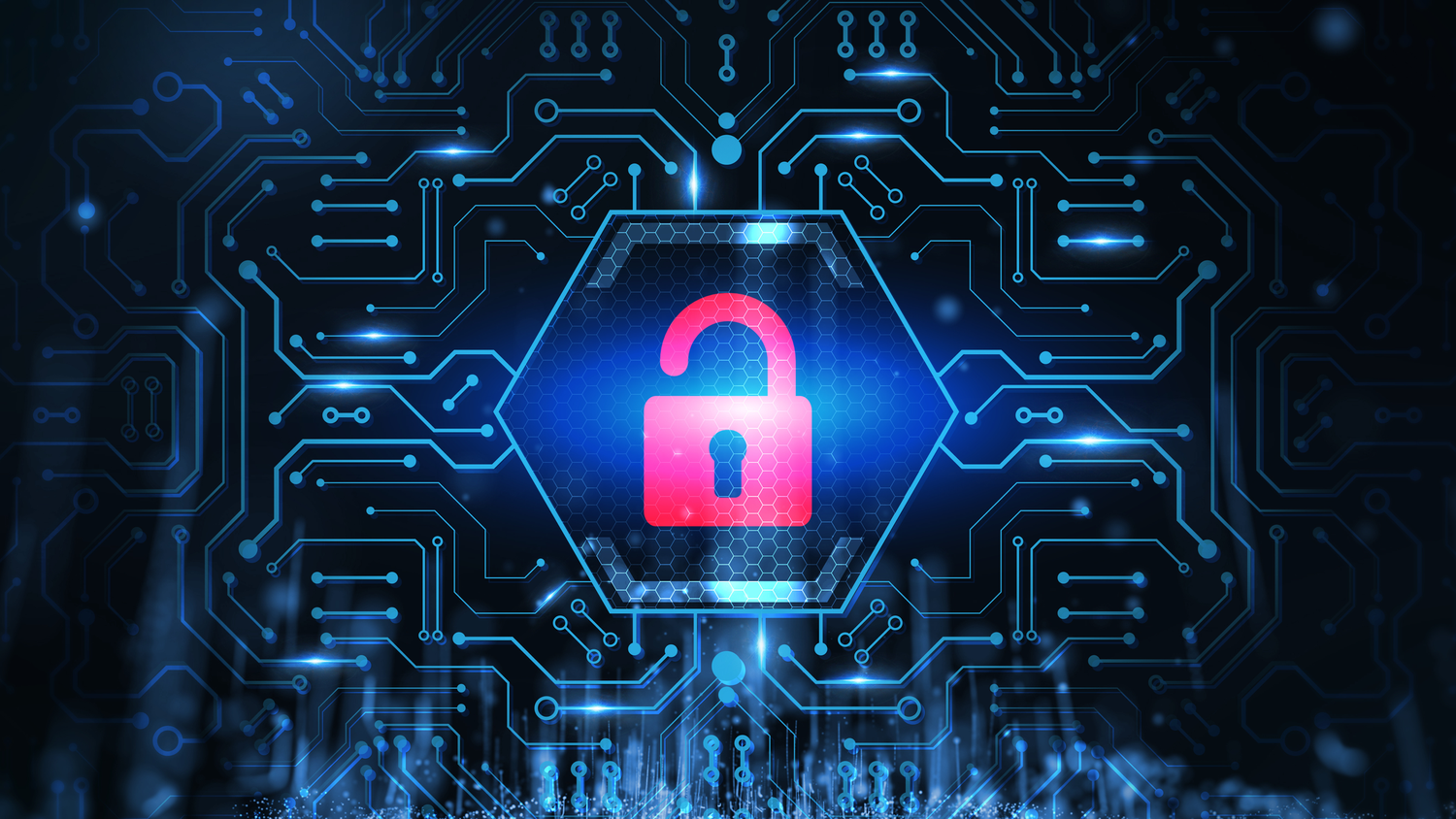In today’s hyper-connected world, the rapid proliferation of internet-enabled devices and the integration of digital technologies into virtually every aspect of our lives have transformed the way we live, work, and interact. While this digital revolution offers unprecedented opportunities for innovation, efficiency, and connectivity, it also presents significant challenges, particularly in the realm of cybersecurity. As we look to the future, understanding and addressing these challenges will be critical to ensuring the security and resilience of our digital infrastructure.
The Hyper-Connected Landscape
The Internet of Things (IoT) is at the forefront of this hyper-connectivity, with billions of devices—from smart home appliances to industrial sensors—being connected to the internet. According to recent estimates, the number of IoT devices is expected to surpass 75 billion by 2025. This exponential growth is driven by advancements in technology, increased affordability, and the pervasive desire for automation and data-driven decision-making.
However, the vast network of interconnected devices also creates a complex and dynamic attack surface for cyber threats. Each connected device represents a potential entry point for malicious actors, and the security of these devices varies widely, often lacking robust protection mechanisms. This complexity is further compounded by the integration of legacy systems, which may not have been designed with modern cybersecurity threats in mind.
Emerging Cyber Threats
In a hyper-connected world, cyber threats are evolving in sophistication and scale. Some of the emerging threats include:
- Advanced Persistent Threats (APTs):
- APTs are prolonged and targeted cyber attacks in which an intruder gains access to a network and remains undetected for an extended period. These attacks are often carried out by nation-states or organized crime groups with the intent to steal sensitive information or disrupt operations.
- Ransomware:
- Ransomware attacks, where attackers encrypt a victim’s data and demand a ransom for its release, have become increasingly prevalent. The rise of ransomware-as-a-service (RaaS) has lowered the barrier to entry, enabling even less technically skilled attackers to launch devastating attacks.
- Supply Chain Attacks:
- As organizations rely on a complex web of suppliers and third-party services, supply chain attacks have become a significant concern. These attacks target the weaker links in the supply chain to compromise the security of a larger organization.
- IoT Vulnerabilities:
- The sheer number of IoT devices and their often-inadequate security measures make them attractive targets for attackers. Compromised IoT devices can be used to launch distributed denial-of-service (DDoS) attacks or as entry points to infiltrate larger networks.
The Future of Cybersecurity
To navigate the challenges of cybersecurity in a hyper-connected world, several key strategies and technologies will be essential:
- Artificial Intelligence and Machine Learning:
- AI and machine learning will play a critical role in enhancing cybersecurity defenses. These technologies can analyze vast amounts of data to identify patterns and anomalies that may indicate a cyber attack. By leveraging AI, organizations can respond to threats in real time, improving their ability to detect and mitigate attacks before they cause significant damage.
- Zero Trust Architecture:
- The traditional security model of relying on perimeter defenses is becoming obsolete in a hyper-connected world. Zero Trust Architecture (ZTA) operates on the principle of “never trust, always verify.” It requires continuous authentication and authorization of users and devices, regardless of their location within or outside the network.
- Quantum-Resistant Cryptography:
- The advent of quantum computing poses a potential threat to current cryptographic algorithms. As quantum computers become more powerful, they could potentially break widely-used encryption methods. Developing and implementing quantum-resistant cryptographic algorithms will be essential to safeguarding data in the future.
- Security by Design:
- Incorporating security measures at the design stage of products and systems can significantly reduce vulnerabilities. This approach, known as security by design, emphasizes the importance of building security features into the architecture of hardware and software from the outset.
- Enhanced Cyber Hygiene:
- Basic cybersecurity practices, such as regular software updates, strong password policies, and employee training, remain foundational to any security strategy. Organizations must foster a culture of cybersecurity awareness and ensure that employees understand their role in protecting the organization’s digital assets.
- Regulatory Compliance and Collaboration:
- Governments and regulatory bodies are increasingly recognizing the importance of cybersecurity and are enacting laws and standards to protect critical infrastructure. Organizations must stay abreast of these regulations and work collaboratively with industry peers and government agencies to share threat intelligence and best practices.
Conclusion
As we move further into a hyper-connected future, the importance of robust cybersecurity measures cannot be overstated. The dynamic and evolving nature of cyber threats requires a proactive and multi-faceted approach to security. By leveraging advanced technologies, adopting zero trust principles, preparing for quantum threats, and fostering a culture of cybersecurity, organizations can navigate the complexities of the digital age and ensure the resilience of their operations. The future of cybersecurity in a hyper-connected world will be shaped by our collective efforts to innovate, collaborate, and stay ahead of emerging threats.







